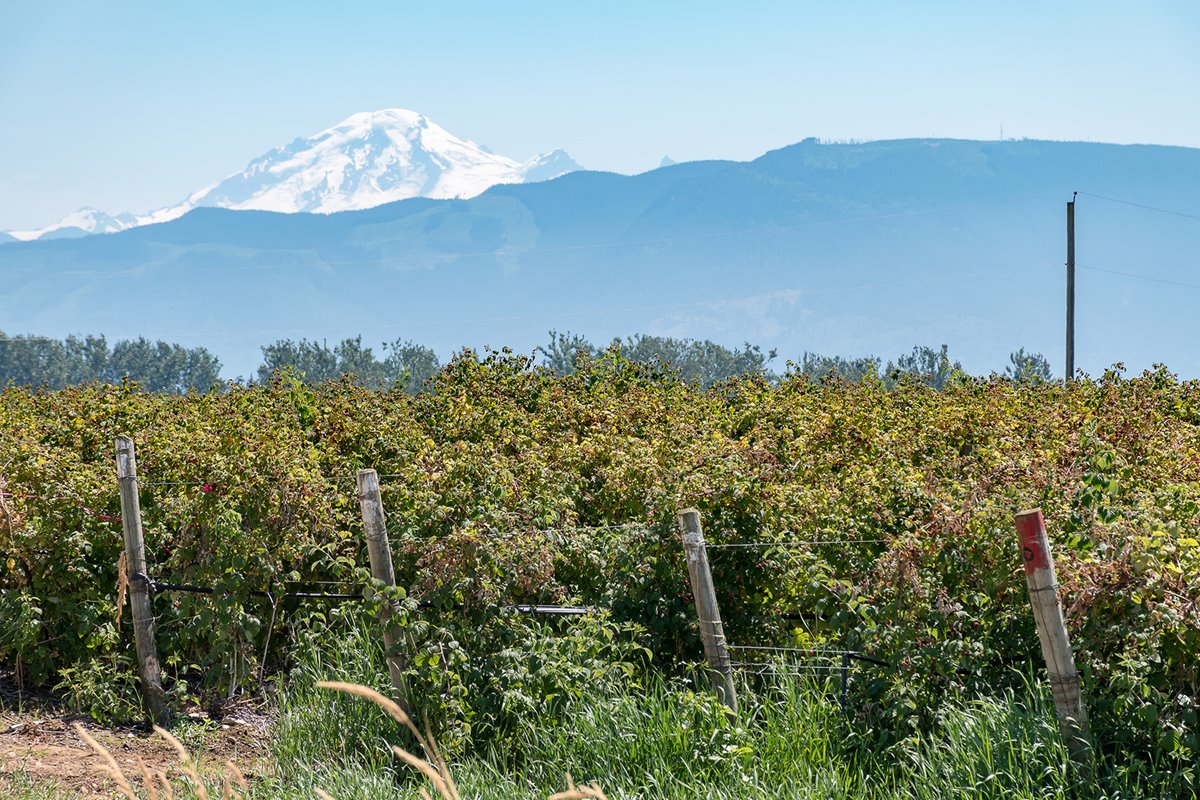The Washington State Department of Ecology has been studying groundwater in the Sumas-Blaine Aquifer (in Whatcom County) since 1997. The Department of Ecology has identified this aquifer as one of the most severely contaminated with nitrate in the state. This map shows the extent of the aquifer in Canada and the United States and the depth to groundwater in different regions.
In 2019, WSDA partnered with the Department of Ecology to test samples from 17 domestic wells and one public well for pesticides in addition to nitrate. We tested samples for 156 pesticides and pesticide-related chemicals and compared any amounts found to Environmental Protection Agency standards for drinking water.
From the 18 wells tested, we found trace levels of pesticides in 15 of them. We found 22 different pesticides in these samples. Many wells (13) had two or more pesticides, and one well had 11 pesticides. Mixtures of pesticides may have different effects than when the single pesticides in the mixture are present alone.
- Most of the pesticides found in groundwater samples have extra warnings on the labels including guidance to help protect groundwater.
- The herbicide 2,6-dichlorobenzamide was found the most frequently, in 14 samples. It was also the only chemical found at more than 1% of the drinking water standards (3.45%).
- The fungicide metalaxyl and the herbicide sulfentrazone were each found in six samples.
- The insecticide oxamyl and the herbicide hexazinone were each found in five samples.
- The herbicides prometon and norflurazon, the fungicide boscalid, and a degradate of the insecticide oxamyl were each found in five samples.
- There were 13 more pesticides or related chemicals that were found in either one or two samples.
- Other than 2,6-dichlorobenzamide, all pesticides and related chemicals found were less than 1% of the Environmental Protection Agency’s drinking water limits, and none were found at levels high enough to trigger actions from WSDA’s Pesticide Management Strategy.

Download our short report on this study: Pesticide Groundwater Sampling in the Sumas-Blaine Surficial Aquifer
